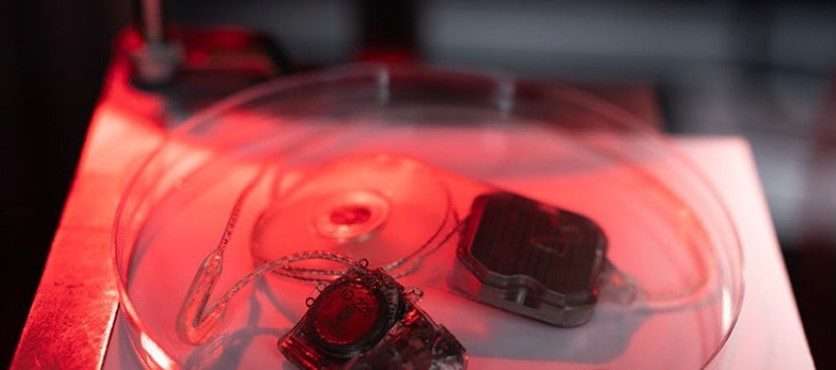Modern medicine is a beautiful thing. Until the last century, anything from the common cold to a scraped knee could be lethal for even the healthiest demographics. Today, we can go to a pharmacy for pills for all types of ailments. Since the breakthrough discovery of penicillin in 1928, the medical industry has developed exponentially. The question now is — where does it go in the future?
For a team of researchers, a study targeting blindness using a “bionic eye” is the next frontier. Phoenix 99 is the name given to the prototype in a recent animal study. Conducted by a team of researchers from the University of Sydney and the University of New South Wales, the trials involved sheep that underwent a surgical procedure to have a device implanted behind their retinas. The team connected the device to a wireless video feed via a small camera installed into a pair of sunglasses. The device relays the feed as electrical signals, which are processed by the optical nerve and transmitted to the brain.
Researchers were ecstatic to find that the sheep showed improved vision, paving the way for future human trials. “There were no unexpected reactions from the tissue around the device, and we expect it could remain in place for many years,” Samuel Eggenberger, a biomedical engineer at the University of Sydney, told the BBC.
Devices like Phoenix 99 have the potential to change the world. Several companies, such as Second Sight and the Monash Vision Group, have similar retina implant technology either in development or already available in limited quantities. The impact would reach far and wide — more than 2 billion people worldwide have some vision impairment, leading to an estimated loss of $25 billion yearly in global productivity.
While the benefits are exciting, the technology is in its “infancy” and is very expensive. “I have no doubt that the technology has transformed the lives of patients who have been lucky enough to receive these implants,” Dr. Diane Hilal-Campo, a New Jersey-based ophthalmologist, said to the BBC. “Currently, however, the technology is limited, only allowing for the perception of light and shadows, and, to some extent, shapes.”





